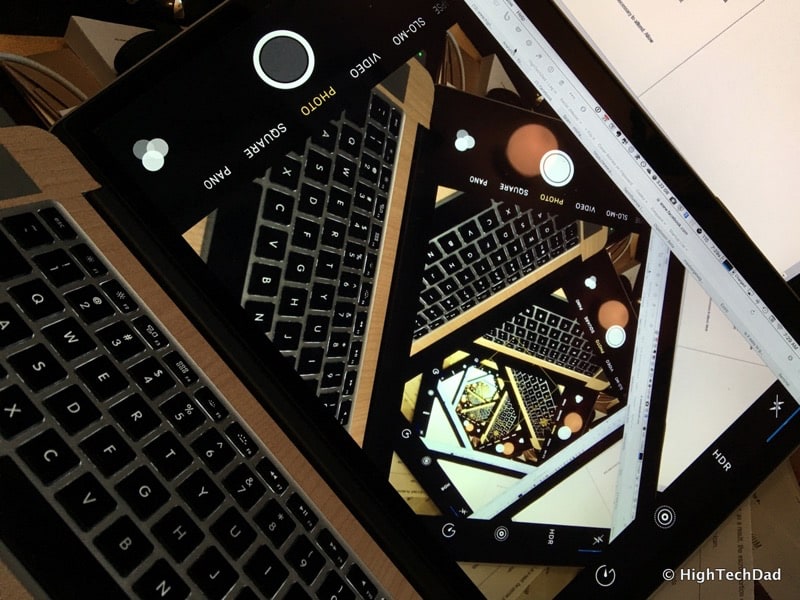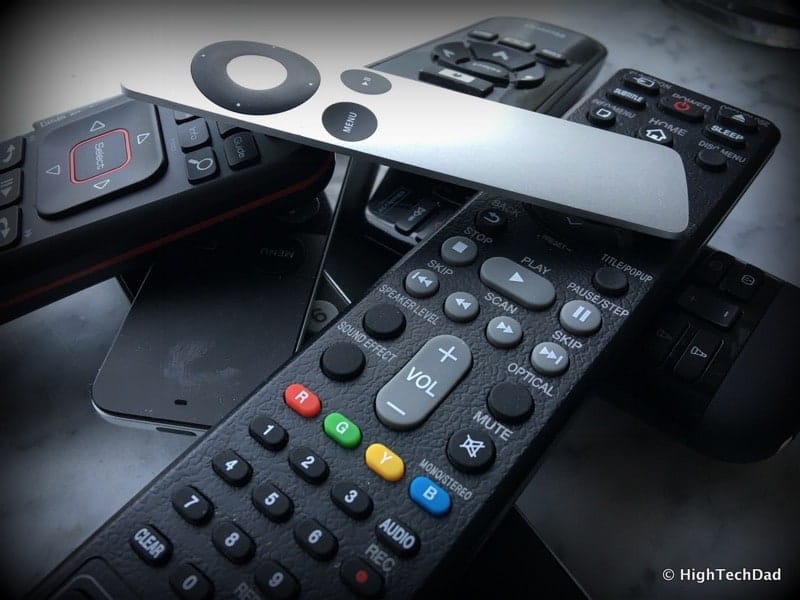Quick! What is the first thing that pops to mind when you think of the word “remote?” It can act as both a noun and an adjective, among other things. When it comes to technology, it is used to frequently describe software, hardware and even services. In some cases, like that of Slingbox, it can actually describe all three of these. But before I discuss the trilogy that is Slingbox, let’s take a look at how the word “remote” works with tech.
Starting with the basics…according to Merriam-Webster, the word “remote” is defined as follows:
- separated by an interval or space greater than usual <an involucre remote from the flower>
- far removed in space, time, or relation: divergent <the remote past> <comments remote from the truth>
- out-of-the-way, secluded <a remote cabin in the hills>
- acting, acted on, or controlled indirectly or from a distance <remote computer operation>; also relating to the acquisition of information about a distant object (as by radar or photography) without coming into physical contact with it <remote sensing>
- not arising from a primary or proximate action
- small in degree: slight <a remote possibility> <hadn’t the remotest idea of what was going on>
Ok great. So, far away or separated by distance.
Now that we know the traditional definition as well as the origin of the word – remote – let’s add a little tech into the mix.
Tech + “Remote” = All Kinds of Cool Stuff
First I’m going to start with the most obvious. Remote can also be a noun which is the shortened version of “remote control.” That is where technology comes in to play. Again, from Merriam-Webster:
- a small device that is used to operate electronic equipment (such as a television) from a distance by using electronic signals
- a process or system that makes it possible to control something from a distance by using electronic signals
I’m dating myself here, but when I was a kid, I had a VCR (remember those?) that had a CORDED remote control, basically something like 20 feet of cord attached to the controller. In my mind, it pushed the definition of “remote” a bit as it was still tethered to the device that it controlled.
But now, remotes are everywhere, for everything. You can remotely control the obvious: TVs, DVD players, HiFi equipment, CD players, etc. But you can also remotely control other household items like lights, heating and cooling, security systems, garage doors, window shades, fireplaces…you see where I’m going here?
The idea of remote control has expanded to include distances not thought of before. First, you were corded (like my childhood VCR), then you had Infrared remotes which needed line-of-sight to control the device, then you could have remotes that use Radio Frequencies (RF) that worked through walls. Now you have Bluetooth and WiFi connectivity with the latter allowing you to control things across the globe if you wanted to. This is the age of Home Automation and the Internet of Things, after all.
That brings up another item that “remote” can describe: access. With increases in broadband speed as well as software advances, people can now have remote access to their computers from great distances. Access can be computer-to-computer or even smart phone/tablet-to-computer. By making a connection or a tunnel directly to your computer, you can now access it as if you were physically sitting in front of it.
Similarly, you can play music remotely – into a different room – streaming it from a computer, smart phone or tablet to a speaker system. And, the Cloud allows for remote access of your data, files, and media from pretty much anywhere you have connectivity. Think of it banking in the cloud allows you to remotely access and control your money.
But it’s important to consider one more thing – video.
Remote Access, Control & Viewing of your TV from a Distance
All of the technology couplings I have just mentioned converge with a particular company: Slingbox. Let me explain.
First, a definition of what Slingbox is and does. Slingbox is a hardware, software and services company. As described on their site:
Slingbox connects to your home network (via WiFi or Ethernet) and sits between your cable or satellite services set-top box and your TV. The TV signal comes from your set-top box and your Slingbox slings your TV programming to any of your devices, anywhere in the world. You can even watch or control your DVR.
Ok, right there in that description is pretty much everything I was talking about previously. Briefly, there is remote access – you can watch your TV or other video source from a distance – and there is remote control – you can change channels and control your media devices as if you were holding a physical remote control right in the room.
Slingbox was first developed in 2002. In an interview on Engadget in 2005, Sling Media (the company which invented the Slingbox) then-CEO Blake Krikorian said that one of the reasons he worked to create the remote viewing service and hardware was because he wanted to be able to view local San Francisco Giants’ baseball games when he was traveling. Fast-forward to today (literally), and now with Slingbox hardware, users can do just that, watch just about anything they can at home, but remotely.
There is, of course, the other definition of “remote” – being away from things, like being out in nature or on a deserted island. Guess what? With a Slingbox, if you have connectivity, you can remotely access, remotely control, and remotely view your TV from a remote location.
I will be doing a more detailed look at the Slingbox 500 (link added) in the coming weeks to give you a peek of what this place-shifting technology can do for you. What’s place-shifting? Well, it’s like time-shifting – what your DVR does for you in terms of being able to watch your TV shows at a different time. Place-shifting is similar, but instead you get to be able to watch your shows in a different place.
[StandardDisclosure]
HTD says: Untether yourself from your TV. Get out and remotely view and control your TV from remote locations!





